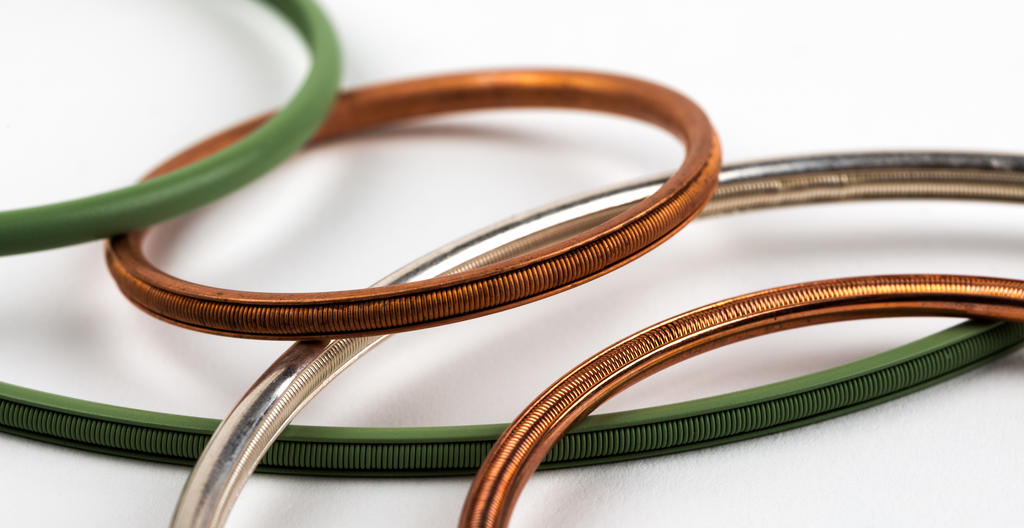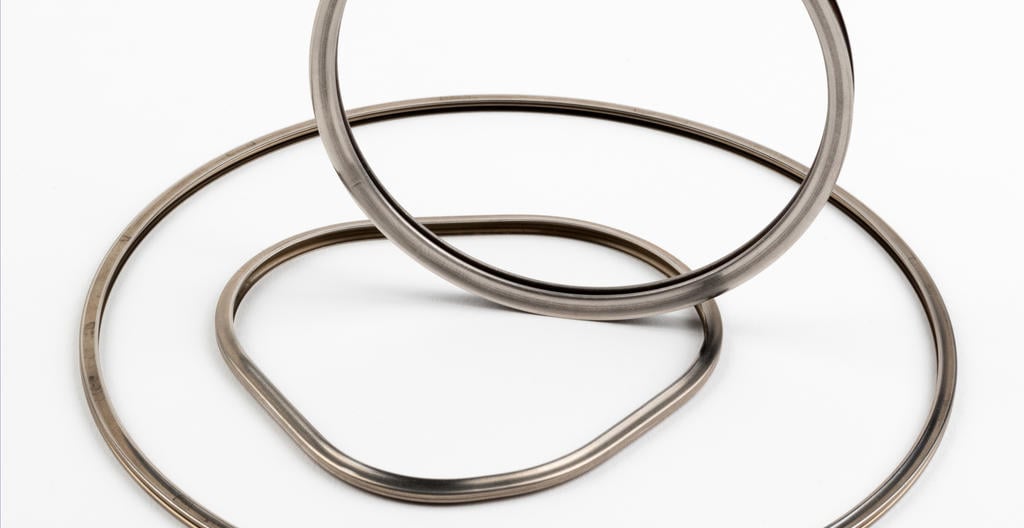
Case studies
- Environment
- Challenge
- Solution
- Benefits
Power Generation Natural Gas Turbine
Environment
A natural gas turbine is a type of internal combustion (IC) engine, converting the heat produced by natural gases into mechanical energy. This energy is then supplied to power generators that produce electricity for residential and industrial use. Gas turbines are used to power aircraft, trains, ships, electrical generators, pumps, gas compressors, and tanks. There are three significant manufacturers: General Electric of the US, Siemens of Germany and Mitsubishi Hitachi Power Systems of Japan.
According to a report by Fortune Business Insights, the world’s gas turbine market should rise annually and reach $10.23 billion by 2026. As the power generation industry looks to further increase efficiency and reduce emissions, seals play an integral part - particularly metal seals known to handle higher temperatures and pressures.
Challenge
Natural gas turbines can become as hot as 1427°C (2600°F); therefore, the need for robust, high temperature seals is imperative to the efficiency of the turbine. With more efficient turbines, blades must spin faster to output more energy. A tight seal must address many rigors and ensure that fuel supplies, as well as air flow, are properly sealed to ensure highest possible efficiency. Another important factor in productivity is the reliability of seals in certain sections of the turbine. For instance, even with safeguards in place, a seal failure in the combustion system could lead to fuel leakage and combustion, resulting in damaged hardware that could cost millions of dollars to repair, not to mention the cost of downtime, which can quickly escalate.

Solution
Currently, Omniseal Solutions metals seals are used in various gas turbine frames, including in some of the most efficient turbines in the industry. With unique solutions for extreme environments, these metal sealing solutions can address higher temperature, pressure, and reliability challenges.
-
Pressures ranging from vacuum to 100,000 psi (6895 bar) depending on the seal design
-
Temperatures ranging from cryogenic to 1010°C (1850°F) depending on the seal material
-
Various mating hardware materials and shapes
-
Obstacles from vibration, separation, and thermal expansion



How Do Metal Seals Work In The Combustion System & Turbine?
Metals seals are often used in two of the three main parts of gas turbines: the combustion system and turbine.
-
Combustion System – This is where air and fuel are mixed and combusted to create the high temperature, high pressure gas stream that is used to turn the turbine. As such, this is also often the place where the highest pressures and temperatures are experienced. Metal E-Seals, spring-energized C-Seals, lip seals, as well as proprietary seals are frequently used to address these high pressures and temperatures.
-
Turbine – The turbine section uses the high pressure, high temperature gas stream from the combustion system to drive the turbine blades, thus converting chemical energy into mechanical energy. Segmented E-Seals, V-Seals, and turbo seals are just a few of the seals used to seal the shroud sections of the turbine. Segmented seals vary by size and are typically supplied in 2, 4, or 6 segments for easier installation. They are installed against the turbine shrouds, sealing any open joints and limiting the amount of high velocity air that escapes.
Omniseal Solutions performs several tests and analyses in order to ensure that each seal design will function properly in the environment it is meant to seal.
Industry statistics show that a 1% increase in turbine efficiency can equate to $1 million in savings for energy customers as well as reduce thousands of tons of CO2 emissions per year.
Industry statistics show that a 1% increase in turbine efficiency can equate to $1 million in savings for energy customers as well as reduce thousands of tons of CO2 emissions per year.
Benefits
-
With almost 100% useful spring back and tolerance to flange separation, these seals are well suited for combustion applications.
-
Jacket is fabricated with a unique forming process using Inconel as the base material. The specially designed jacket and helically wound spring provides a fatigue resistant gasket to meet the operating limits of temperature, pressure and deflection associated with combustion applications.
-
Primary goal of this unique seal is high resiliency, reliability and integrity.